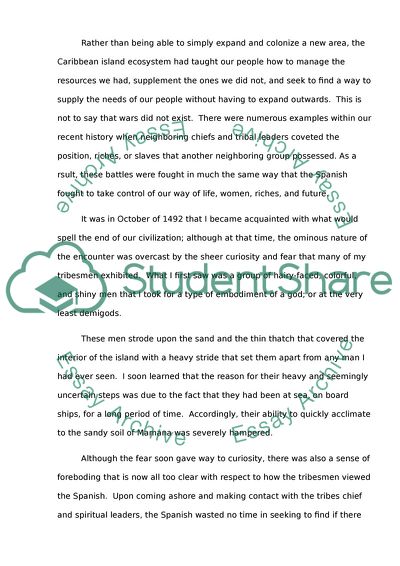Cite this document
(Geographical Transformation of the Caribbean Islands Essay - 1, n.d.)
Geographical Transformation of the Caribbean Islands Essay - 1. https://studentshare.org/geography/1784746-geographical-transformation-of-the-caribbean-islands
Geographical Transformation of the Caribbean Islands Essay - 1. https://studentshare.org/geography/1784746-geographical-transformation-of-the-caribbean-islands
(Geographical Transformation of the Caribbean Islands Essay - 1)
Geographical Transformation of the Caribbean Islands Essay - 1. https://studentshare.org/geography/1784746-geographical-transformation-of-the-caribbean-islands.
Geographical Transformation of the Caribbean Islands Essay - 1. https://studentshare.org/geography/1784746-geographical-transformation-of-the-caribbean-islands.
“Geographical Transformation of the Caribbean Islands Essay - 1”. https://studentshare.org/geography/1784746-geographical-transformation-of-the-caribbean-islands.


